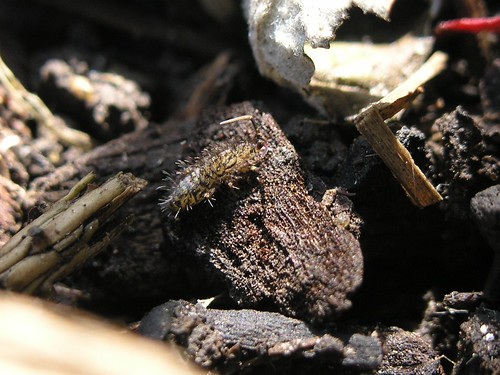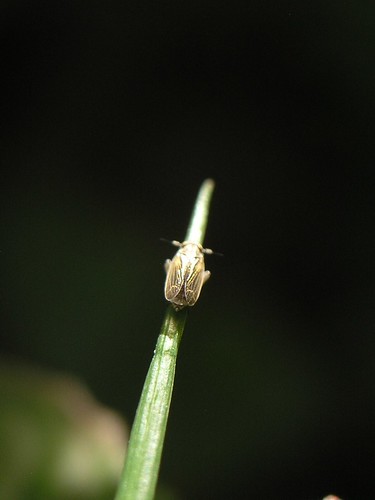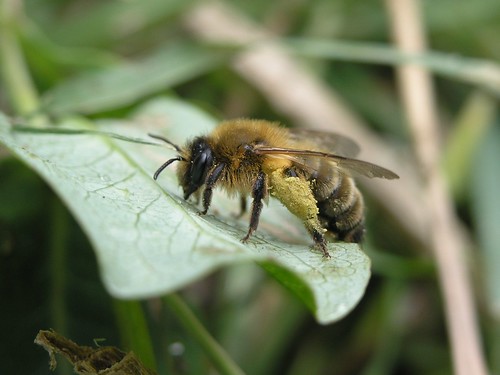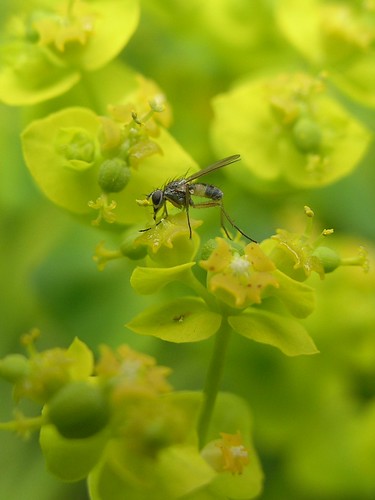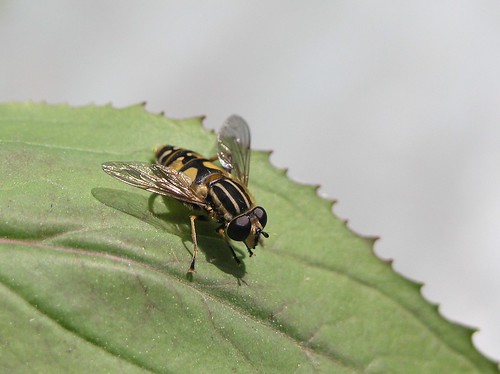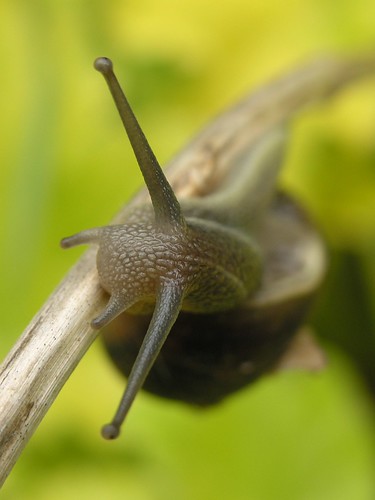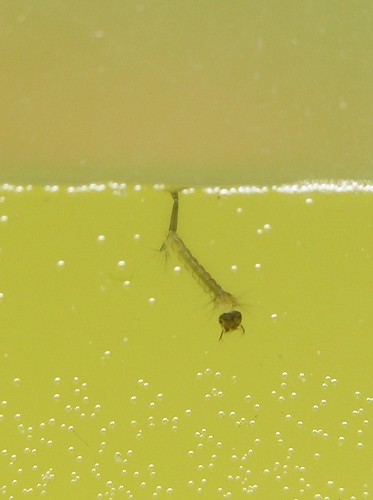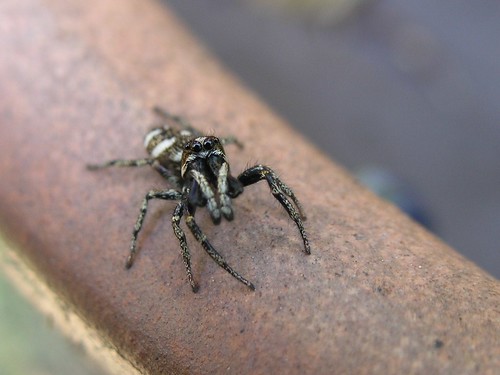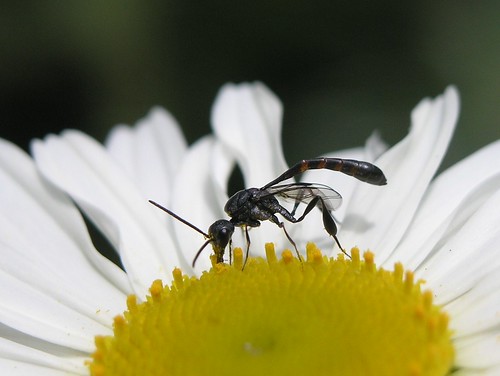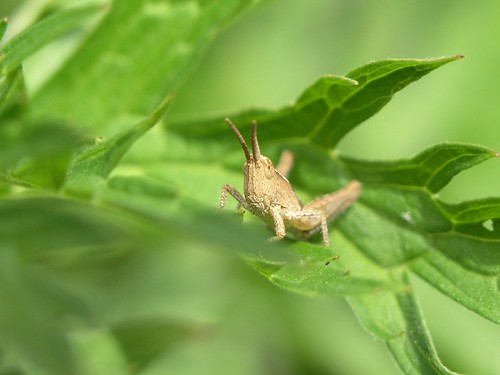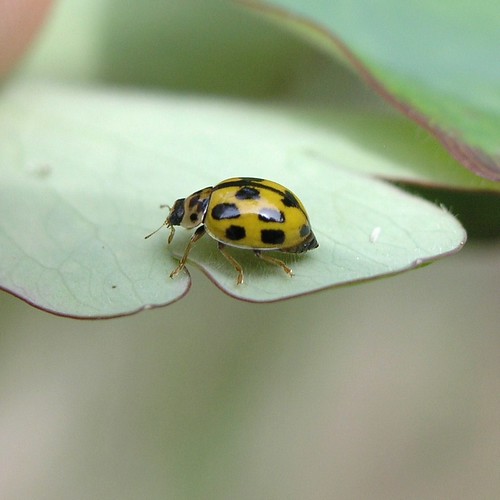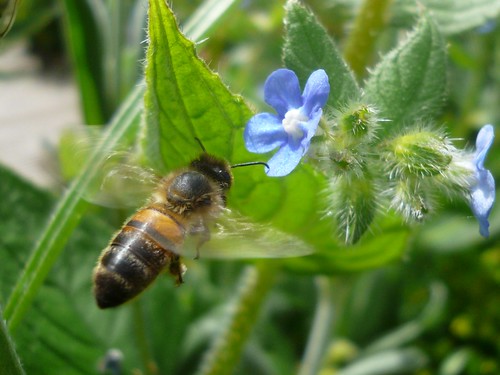
False Widow Spider (Steodata grossa), originally uploaded by Pipsissiwa.
These spiders are large, shiny and long legged, and can look a lot like dark brown versions of the famous Black Widow. They look a bit intimidating and they can bite people (I gather its no worse than a bee sting), but only the very biggest can pierce skin and even then you'd really have to annoy it. They like living in sheltered outdoor places, such as behind stacks of old pots which is where most of mine seem to be.
